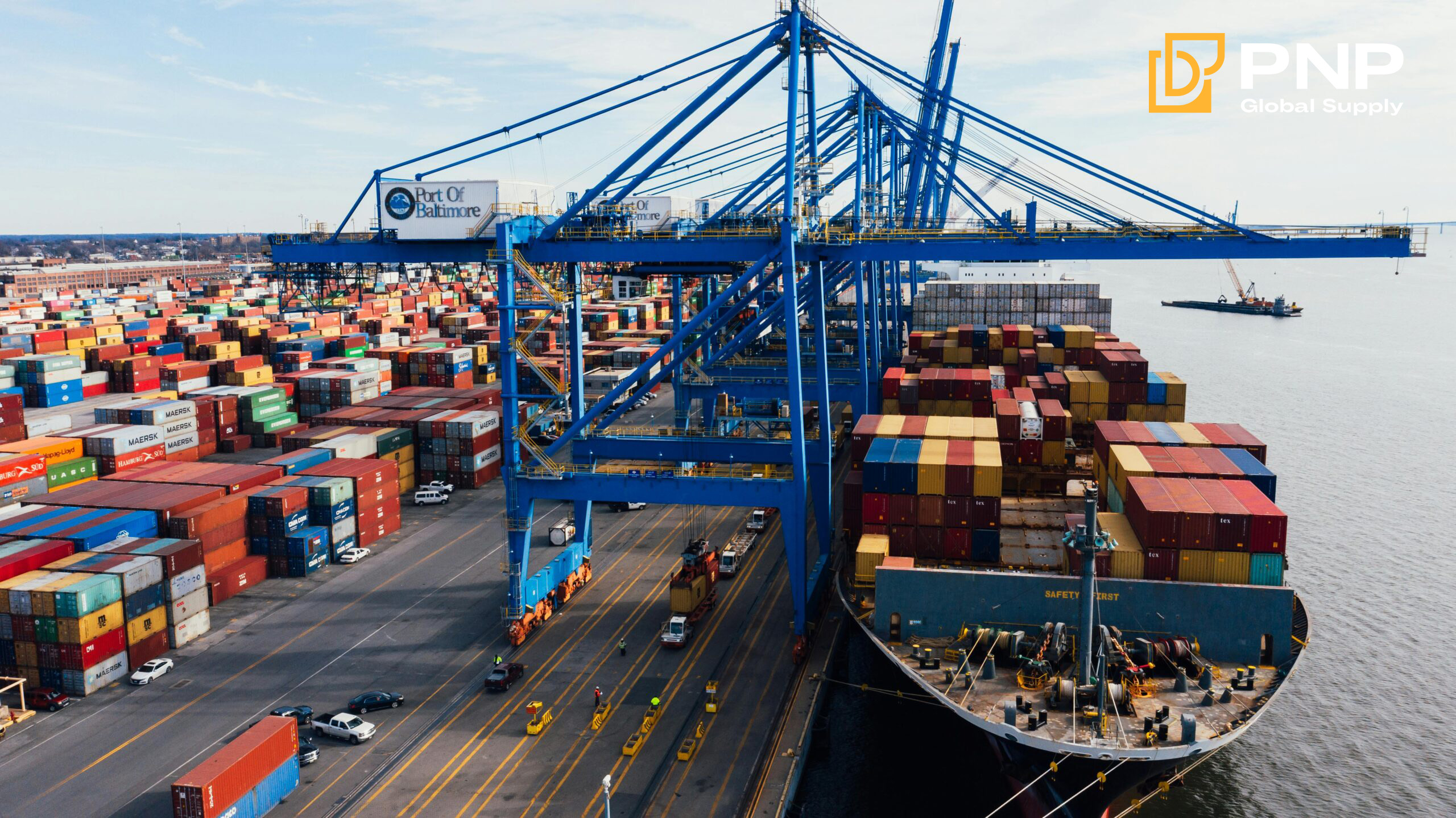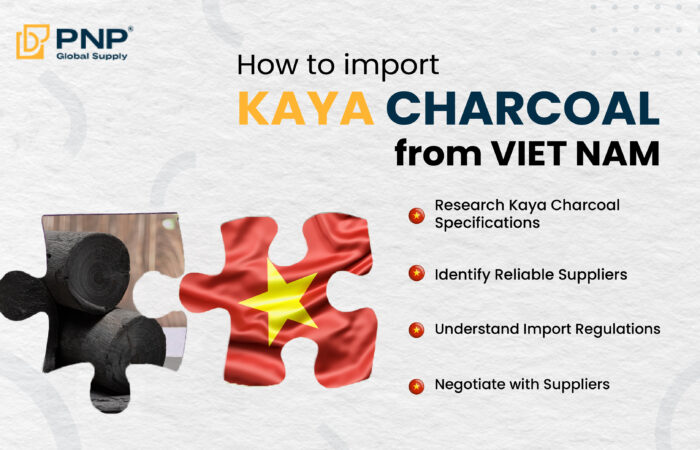The kaya charcoal market has long played a critical role in meeting global energy and fuel demands, particularly in sectors like metallurgy, agriculture, cooking, and outdoor grilling. In the past decade, we’ve witnessed significant developments in this industry, driven by growing global consumption, evolving environmental policies, and technological advancements in kaya charcoal production.
As 2025 approaches, questions arise: How will the kaya charcoal market trends evolve in the coming year? What factors will shape supply, demand, trade, and industrial structure? Will emerging markets shift the global dynamics? This article will provide in-depth analysis and projections on how the kaya charcoal market is likely to shift in 2025 and how businesses can adapt to remain competitive.

Current Overview of the Kaya Charcoal Market
In 2024, the global charcoal market was valued at approximately USD 6.5 billion, with steady year-on-year growth driven by the rising popularity of BBQ charcoal and the increasing use of eco-friendly charcoal in industrial applications. Asia-Pacific continued to dominate charcoal production, contributing over 50% of global output, while Europe and North America remained key importers due to limited domestic production capacity.
Key players such as Vietnam, Indonesia, and Brazil maintained a strong position in the charcoal export landscape, leveraging abundant natural resources and competitive labor costs. Meanwhile, demand for high-quality BBQ charcoal surged in the US, Germany, the UK, and the Gulf countries, where grilling has become a cultural mainstay.
Despite growth, the market also faced challenges, including tightening environmental regulations, supply chain disruptions, and price fluctuations of raw materials like hardwood, coconut shells, and agricultural waste.
Key Factors Influencing the Kaya Charcoal Market in 2025
Looking ahead to 2025, several pivotal factors will influence the global kaya charcoal market:
Environmental Regulations and Sustainability Trends
Governments and consumers alike are emphasizing sustainability, prompting a shift towards eco-friendly kaya charcoal with low emissions and renewable raw materials. Certifications such as FSC (Forest Stewardship Council) and compliance with EU environmental directives will become essential for accessing premium markets.
Trade Dynamics and Globalization
The increasing integration of trade agreements and lowered tariffs are expected to facilitate charcoal export and charcoal import activities. Key trade routes connecting Asia to Europe and the Middle East will become more competitive, encouraging exporters to invest in logistics optimization and quality assurance.
Rising Demand for BBQ Charcoal
The global appetite for BBQ charcoal continues to grow, especially in the post-pandemic era where outdoor cooking is favored for social gatherings. Consumers are increasingly seeking high-performance BBQ charcoal with features such as long burn time, high heat, and minimal smoke – qualities commonly found in coconut shell charcoal and hardwood lump charcoal.

Forecast on Kaya Charcoal Supply and Production in 2025
Global charcoal supply in 2025 is projected to grow by 5% compared to 2024, driven by expanded charcoal production capacity in emerging economies and technological advancements in carbonization processes. Countries like Vietnam, which specializes in both traditional hardwood charcoal and eco-friendly coconut shell charcoal, are expected to lead this expansion.
Sustainable charcoal production methods, such as retort kilns and improved pyrolysis, will gain popularity for their efficiency and environmental benefits. Producers adopting these technologies will be better positioned to meet international standards and secure long-term contracts with importers.
However, charcoal supply may face constraints due to increasing deforestation controls and land use policies. To mitigate risks, many manufacturers are shifting towards alternative raw materials like bamboo, sawdust briquettes, and fruitwood (e.g., coffee wood), ensuring both sustainability and product differentiation.
Global Trade: Charcoal Export and Import Outlook
In 2025, charcoal export volumes are expected to rise by 7%, fueled by growing demand in the Middle East, Europe, and North America. Exporters will increasingly target markets with high charcoal import dependency, such as Saudi Arabia, UAE, Germany, and Japan.
Key Trends in Export and Import:
- Vietnam and Indonesia will continue to dominate charcoal export, with competitive pricing and consistent quality.
- Africa (e.g., Nigeria, Ghana) will emerge as a new charcoal export hub, focusing on hardwood charcoal for industrial use.
- EU and US markets will prioritize imports of certified, sustainable charcoal, especially BBQ charcoal for consumer retail.
Trade regulations, including anti-deforestation laws in the EU and emission standards in the US, will influence charcoal import preferences, encouraging exporters to adopt compliance measures proactively.
Learn everything about importing with this article: Best ways to Import Kaya Charcoal from Vietnam
Shift in Charcoal Industry Structure
The charcoal industry is undergoing a significant transformation. In 2025, we will see a shift from fragmented, small-scale production to more organized, technology-driven operations. Companies are investing in automation, quality control systems, and supply chain management to enhance efficiency and competitiveness.
Key characteristics of the evolving charcoal industry:
- Vertical integration: Leading exporters will control the full supply chain, from raw material sourcing to processing and distribution.
- Branding and product innovation: More businesses will launch branded BBQ charcoal products, emphasizing quality, sustainability, and performance.
- Digital transformation: E-commerce and B2B platforms will become crucial channels for reaching international buyers, especially in regions with high charcoal import volumes.
Segment Focus: BBQ Charcoal Trends in 2025
BBQ charcoal remains the fastest-growing segment within the charcoal market. As grilling becomes a lifestyle activity across various cultures, the demand for specialized BBQ charcoal will increase.
Key consumer preferences in 2025 include:
- High calorific value: Ensures quick ignition and high cooking temperatures.
- Long burn time: Reduces the need for frequent refueling during grilling sessions.
- Low smoke and odor: Enhances the user experience, particularly in urban settings.
- Eco-friendly packaging: Recyclable, minimalistic packaging appeals to environmentally conscious consumers.
Manufacturers that align with these preferences will gain a strong foothold in retail chains, online marketplaces, and HoReCa (Hotel, Restaurant, Catering) distribution channels.

Challenges and Opportunities for Charcoal Businesses
Challenges:
- Raw material scarcity due to environmental restrictions.
- Volatile freight costs affecting export profitability.
- Complex import regulations in developed markets, requiring certification and documentation.
Opportunities:
- Product diversification: Launching new variants such as flavored BBQ charcoal or quick-lighting briquettes.
- Market expansion: Tapping into underserved regions with rising urbanization and income levels.
- Sustainability leadership: Becoming a preferred supplier for eco-conscious buyers through sustainable practices.
By leveraging these opportunities and mitigating challenges, charcoal industry players can thrive in an increasingly competitive global landscape.
Conclusion and Strategic Recommendations
The kaya charcoal market in 2025 is set for dynamic growth, driven by rising demand for BBQ charcoal, a stronger focus on sustainable production, and expanding global trade. To thrive in this evolving landscape, businesses should reinforce supply chains with reliable sourcing and modern production techniques, explore export opportunities in high-demand regions while ensuring compliance with regulations, and enhance product quality to attract premium markets. Additionally, prioritizing branding, sustainability, and innovation will help businesses differentiate themselves in a competitive industry. As the world shifts towards cleaner energy and higher-quality fuels, the charcoal sector presents significant opportunities for those prepared to adapt and expand.
________________________________
Contact us for more information
Facebook: PNP Charcoal
Instagram: PNP Charcoal
Email: info@pnpglobalsupply.com




